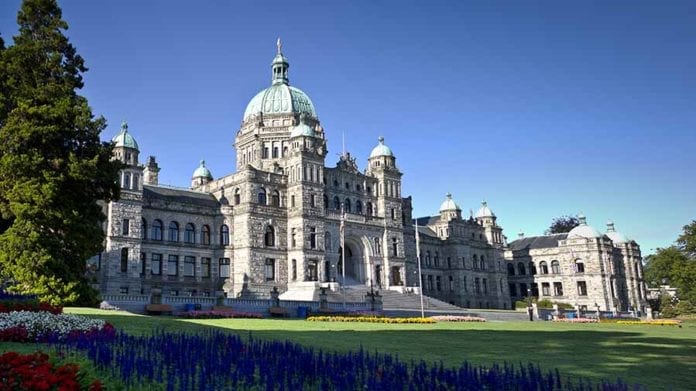The way British Columbians elect members to the Legislative Assembly may soon undergo some significant changes.
Attorney General David Eby released recommendations on Wednesday for an electoral reform referendum taking place this fall.
The report includes 18 recommendations to cabinet for how the fall referendum should be structured, based on 14 weeks of public consultation.
“British Columbians made their voices and their values heard, and it was important we gave them the opportunity to direct how this referendum should work,” said Eby in a release.
The referendum campaign period will begin July 1 and end by Nov. 30, 2018. The voting period (by mail-in ballot) will run from Oct. 22 to Nov. 30, 2018.
Referendum will include two questions
The report recommends that the referendum be structured around two questions written as follows:
- Which should British Columbia use for elections to the Legislative Assembly? (Vote for only one.)
- The current First Past the Post voting system
- A proportional representation voting system
- If British Columbia adopts a proportional representation voting system, which of the following voting systems do you prefer? (Vote for the voting systems you wish to support by ranking them in order of preference. You may choose to support one, two or all three of the systems.)
- Dual Member Proportional (DMP)
- Mixed Member Proportional (MMP)
- Rural-Urban PR
If more than 50% of responses are in favour of the first question, than whichever of the three proportional voting systems in the second question has the most support will be adopted.
Voters will be allowed to answer the first question without necessarily answering the second.
If a proportional system is adopted, it must meet the following requirements:
- No significant increase in the size of the legislature.
- No region of the province having fewer MLAs than it currently has.
- No political party being eligible to receive a seat if they earn less than 5% of the overall vote in the province or region.
How each system works
Currently, BC (and the rest of Canada) operates under a First Past the Post (FPTP), or ‘single-member plurality’ system, in which the candidate with the most votes in an electoral district wins a seat.
The systems proposed in the referendum, however, work a bit differently. Here’s how:
Dual Member Proportional (DMP): Under this system, most of the BC’s existing single-member electoral districts would be amalgamated with a second neighbouring district to create two-member districts. Parties then nominate up to two candidates per electoral district who appear on the ballot in an order determined by said party.
At the ballot box, voters will cast a single vote for the pair of candidates of the political party of their choice, which leads to a winner being determined in one of two ways. The first seat is won by the first candidate of the party that receives the most votes in each electoral district, similar to FPTP; and the second seat is allocated based on the province-wide voting results and the individual district results.
Mixed Member Proportional (MMP): Under an MMP system, the overall share of seats each party holds in the Legislative Assembly is determined by the party’s share of the province-wide vote it receives.
Rural-Urban PR: This system consists of multi-member districts with seats filled using the Single Transferable Vote (in which voters rank-order their preference for multiple members in a single electoral district) in urban and semi-urban areas, and MMP in the most rural areas.
The report will now be delivered to cabinet for deliberation.


